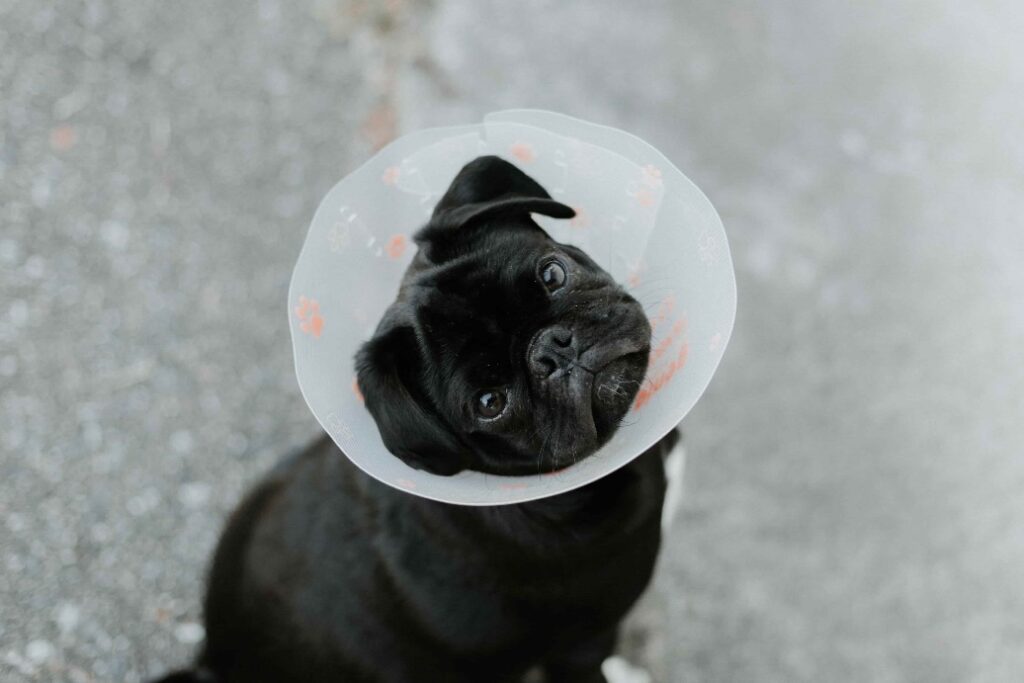A Guide to Animal Incontinence for Pet Owners
Characterised by an involuntary release of urine, urinary incontinence can be very frustrating for both pet and owner. As a pet owner, talking to your vet about your animal’s incontinence offers a path to this condition’s resolution (or at least its mitigation).
Not to be confused with frequent urination, urinary incontinence can be caused by many different factors. Once the diagnosis is confirmed, your vet will recommend a treatment plan to help your pet recover their continence, or they’ll simply give you some tools to manage the condition. From surgical intervention to a prescribing a course of animal antibiotics, there are many ways vets can treat your pet’s incontinence.
So, the real question is: how do we identify urinary incontinence in animals, and how should we treat it? Let’s dive in.
Identifying Urinary Incontinence in Animals
 Once again, it’s crucial to state that frequent urination and urinary incontinence are not the same thing, though one may look like the other. This potential confusion is one of the reasons vets are trained to analyse their patients’ medical history so thoroughly; the answer often lies hidden in the age, breed, gender, or lifestyle.
Once again, it’s crucial to state that frequent urination and urinary incontinence are not the same thing, though one may look like the other. This potential confusion is one of the reasons vets are trained to analyse their patients’ medical history so thoroughly; the answer often lies hidden in the age, breed, gender, or lifestyle.
Spayed, old, pregnant, or recently pregnant animals are more prone to incontinence, and larger breeds of dog are also more vulnerable than smaller ones. Incontinence is less common in felines than canines, with the majority of cases manifesting in senior cats.
To begin treating incontinence, we must first identify its presence. So, let’s take a look at the causes and symptoms of this issue.
Causes
Whether in cats or dogs, incontinence has very similar causes, although they may manifest differently. Some common causes include:
- Urinary tract infections
- Anatomic abnormalities (e.g., a ureter bypassing the bladder)
- Weak pelvic muscles (can result from spaying or pregnancy)
- Spinal injury, malformation, or deterioration
- Congenital conditions
- Hormonal imbalances
- Renal disease/urinary stones
Symptoms
As shown by the list of causes above, incontinence itself is often the symptom of something larger occurring in the body. That said, there are symptoms that identify the disorder as urinary incontinence and not frequent urination, submissive urination, or simply bad house training.
The most common sign is the animal dripping or dribbling urine, which can domino into redness or inflammation around the genitalia, frequent licking, dehydration, or difficulty with purposeful urination.
How Vets Diagnose and Treat Incontinence

Now that we’ve identified the key causes and symptoms of this condition, the next step is to treat it. Early detection and treatment can head off more serious consequences such as a bladder, kidney, or skin infection. Therefore, it’s important to take your pet to the vet immediately if you see these symptoms.
Your vet’s first port of call will be to analyse your pet’s medical history and current health, as these can help identify not only the condition itself, but the reason for its existence. Some tools they may use for diagnosis include:
- Urinalysis. Urinalysis tests for bacteria in the urine that may indicate a bladder infection, as well as anything else that could be a sign of infection, dietary causes, and inflammation.
- Blood tests. These are often used to rule out genetic conditions like Cushing’s disease, which list incontinence among their symptoms.
- Ultrasound. By examining the inside of an animal’s body, vets can identify whether any growths or tumours on the bladder are causing the incontinence.
- Radiography. Finally, radiography tests for urinary stones in the kidneys, which can be caused by a build-up of minerals in the body.
Dehydration is particularly concerning as smaller or older animals can fall prey to it quickly. As an immediate treatment for severe hydration, your vet may administer a dose of electrolytes for animals, or simply keep them for observation (although dehydration this severe from incontinence is rare).
Whereas hormonal imbalances, bacterial infections, or weak urethral sphincters may be treated with a course of medication, your vet might recommend surgery in the case of growths or stones.
That can be a scary thing, but the important thing to remember is that your vet is recommending what’s best for your pet, and if they are recommending surgical intervention, it is absolutely necessary. Feel free to ask as many questions as you like; your pet’s vet will help you to understand the how, the what, and the why.
Welcome to Ethical Agents, the centre for top-quality veterinary supplies in NZ
Discover our full range of veterinary supplies in NZ, from treatments for urinary incontinence to surgical supplies, supplements, and more. From fleas and ticks to a calcium bolus for calving season, there’s nothing an animal needs that Ethical Agents can’t provide. Browse today.


Leave a Reply